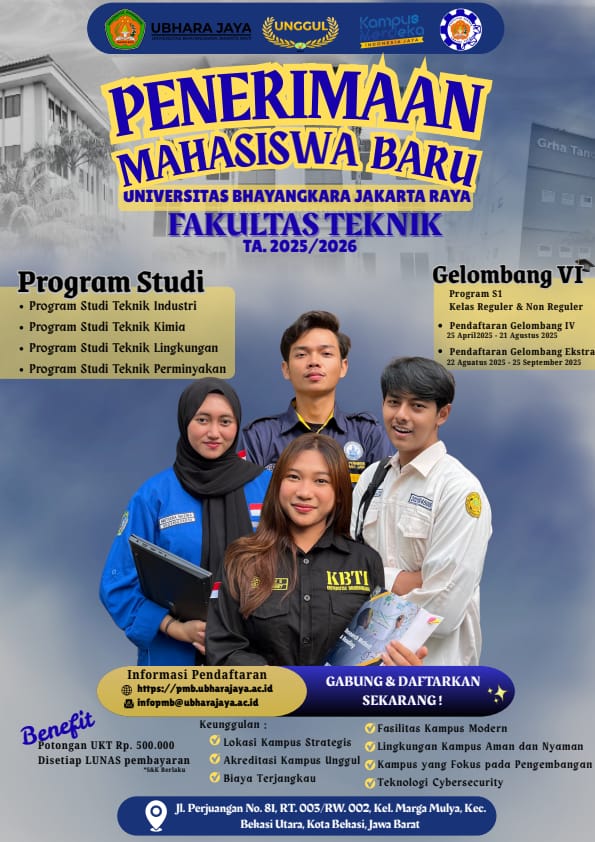Manajemen Risiko Pada Proyek Pembangunan Jaringan Pipa Air Limbah Komunal
DOI:
https://doi.org/10.31599/yepypw75Keywords:
Risk Management, Descriptive Analysis, Komunal Waste Water Treatment SystemAbstract
The sub-zone 5 communal sewerage pipeline construction project has been carried out and has only
been realized 41% with physical development of 35% in the 2016 Regional Capital Investment Fiscal
Year. This project is a project implemented to improve domestic wastewater services from tourism
facilities, hotels, and other public facilities. The treatment system used is a centralized or communal
piping system as well as expanding the wastewater pipe network system in tourist areas. Based on this,
a research is needed on the risks that occur during project development. The research was carried out
through interviews with experienced and skilled personnel, making and distributing questionnaires,
testing the results of questionnaire data by testing the validity and reliability of the risks that occurred
in the implementation of this project development. The risk obtained in this study is 71. specifications and
addendum provided by the owner), including unacceptable, 50 (70.42%) risk ( quality concrete Pile Anchorge that
does not comply with the specifications approved) including undesirable, 9 (12.68%) risk (operational and
overhead costs are high) including acceptable, 4 (5.63%) risk (the use of the funds out of contract) including
negligible. Risk mitigation is only given to major risk include risk unacceptable and undesirable risk. Based on
the results of the risk management, implemented regulations on ownership of risk (risk ownership) against
perpetrators (project owners, consultants, planners, consultants and contractor supervision) involved in the
implementation













